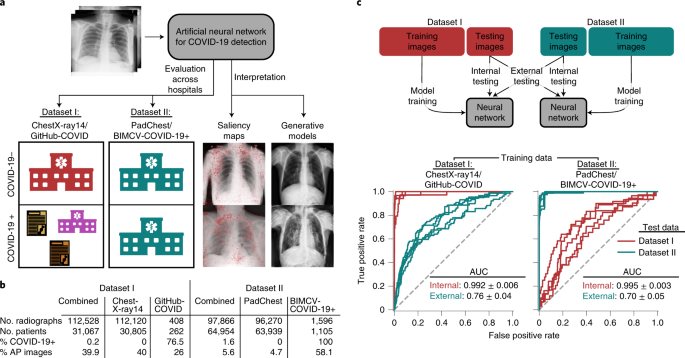
Label-free 3D molecular imaging of living tissues using Raman spectral projection tomography
Nature Communications volume 15, Article number: 7717 (2024 ) Cite this article
The ability to image tissues in three dimensions (3D) with label-free molecular contrast at the mesoscale would be a valuable capability in biology and biomedicine. Here, we introduce Raman spectral projection tomography (RSPT) for volumetric molecular imaging with optical sub-millimeter spatial resolution. We have developed a RSPT imaging instrument capable of providing 3D molecular contrast in transparent and semi-transparent samples. We also created a computational pipeline for multivariate reconstruction to extract label-free spatial molecular information from Raman projection data. Using these tools, we demonstrate imaging and visualization of phantoms of various complex shapes with label-free molecular contrast. Finally, we apply RSPT as a tool for imaging of molecular gradients and extracellular matrix heterogeneities in fixed and living tissue-engineered constructs and explanted native cartilage tissues. We show that there exists a favorable balance wherein employing Raman spectroscopy, with its advantages in live cell imaging and label-free molecular contrast, outweighs the reduction in imaging resolution and blurring caused by diffuse photon propagation. Thus, RSPT imaging opens new possibilities for label-free molecular monitoring of tissues.
Label-free imaging of tissues at the mesoscale in three dimensions is of substantial importance across biomedical sciences. Mesoscale volumetric imaging techniques, characterized by intermediate spatial resolutions spanning from hundreds of micrometers to millimeters and centimeters provide a comprehensive view of complex biological systems, allowing researchers to investigate relationships between cellular structures, tissue organization, and organ function. This comprehensive insight into the intermediate scale is essential for deciphering the multi-scale nature of tissues across various levels of organization.



.jpg)



















